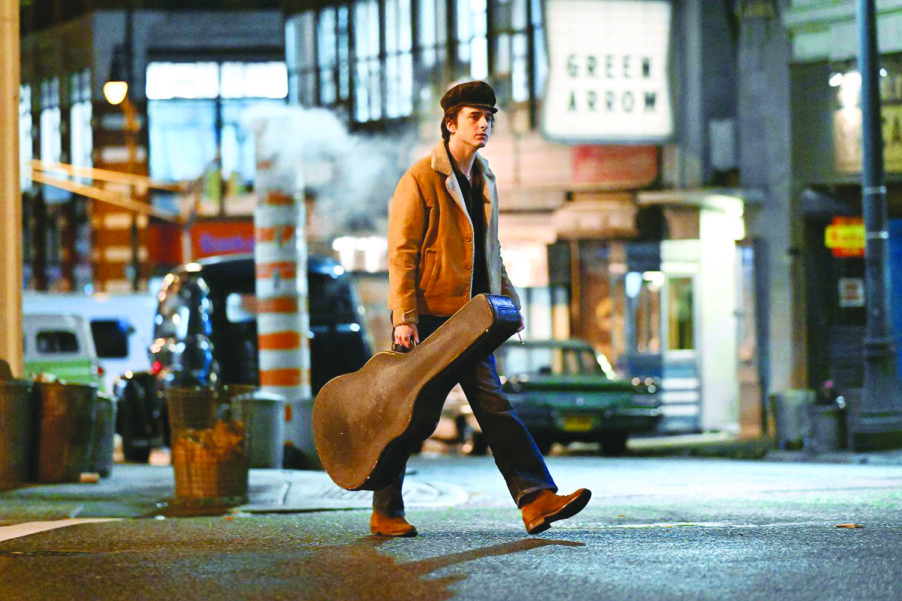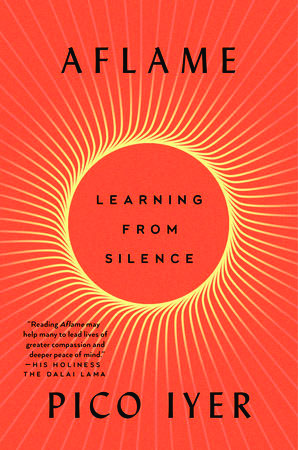Paying tribute to a hot streak of albums
By Michael Witthaus
mwitthaus@hippopress.com
Beginning with Beggars Banquet in 1968, the Rolling Stones made four records in a row that are all among the greatest to come from the classic rock era — and the last one, 1972’s Exile on Main Street, was a double album. The other two were, of course, 1969’s Let It Bleed and Sticky Fingers, released in 1971.
Here’s the thing, though. It was an iconic streak, but the band’s true achievement was surviving it. Most of them, anyway; co-founder Brian Jones barely made it through the first two LPs before his death. Arrests, bad business deals, a disastrous free concert and a midnight run from England to France all happened, while the music just got better.
A show on Feb. 1 at Pembroke City Limits will feature four songs from each album, along with a look at the times that produced them. A house band led by John Zevos of Lichen will recreate “Sympathy for the Devil,” “Midnight Rambler,” “Dead Flowers,” “Tumbling Dice” and a dozen others.
“I was peeling through some of the Stones’ essential works of the late ’60s and ’70s and I just could not get past these four records,” PCL owner Rob Azevedo, who organized the show, said recently. “Mick’s potent lyrics, Keith’s blazing riffs and the magnitude of these incredible creations…. I thought, we need to pay tribute to these songs, and soon!”
Hosting and providing historical context for the event will be me, Michael Witthaus. I watched a lot of it unfold as a teenager in Northern California, like the horrific Altamont show that summarily ended the ’60s idealism once rising at Woodstock. When the Stones returned to San Francisco in 1972 and played Winterland, I was there.
Since then, I’ve learned a lot more from books and podcasts about the decade’s music. I’ll talk about living in that era, and tell stories about the Greatest Rock & Roll Band in the World, like the one about how the organ player on Dylan’s “Like a Rolling Stone” later joined The Stones and helped shape the opening bars of “You Can’t Always Get What You Want.”
A seasoned group of Stones-loving musicians is promised, which will include a horn section for a few songs consisting of sax players Brian Booth, Dani Sven and Jason Reichelson, along with John Spring on trumpet. Zevos wrote the horn charts, something he’s done for Azevedo-organized tribute shows in the past. The band, he said in an email interview, consists of “people I’ve played with a lot over the years that I knew would be great playing Stones tunes.”
On keyboards and singing is his wife Diane Zevos. She’s also a member of Lichen, a band nearly as durable as the Stones, having marked 43 years together last August. “Di loves rock ’n’ roll, and adds so much to any band she plays in,” Zevos said. “We love playing together.”
Playing guitar and vocals is Wayne Hughes, a longtime collaborator of Zevos’. “We play together all the time in various situations, and he knows more about the Stones than anyone I know,” he explained. “As soon as Rob asked me to do this I said to myself, ‘I have to get Wayne,’ and he was eager to jump in.
Steve Forgione, though best known for his guitar work in local band Who Knows What, will move to drums for the show. “He grew up drumming in drum corps, and he is also a fantastic drummer,” Zevos said, adding, “Steve knows this material really well and I think because he is a guitar player he is a very musical drummer.”
On bass and vocals is a newer friend of Zevos, Peter Borden. “I met Peter while playing with him in another band and we found that we have the same taste in music,” he said. ‘Even more than that, we hit it off musically. When I found out he was into the Stones, he seemed like the logical choice, and it is working out really well.”
Zevos will handle the “Keef” parts on guitar. “A lot of them are in the open tunings that Keith Richards uses,” he said. “You can play all of the songs in standard tuning, but to get the same sound as Keith, on some songs you need to use the tunings. I like it, it’s really fun. I’ll need to bring four guitars.”
Rolling Stones Tribute Show
When: Saturday, Feb. 1, 2 p.m.
Where: Pembroke City Limits, 134 Main St., Suncook
More: pembrokecitylimits.com
Featured Photo: Rolling Stones, 1969 (Courtesy Photo).






